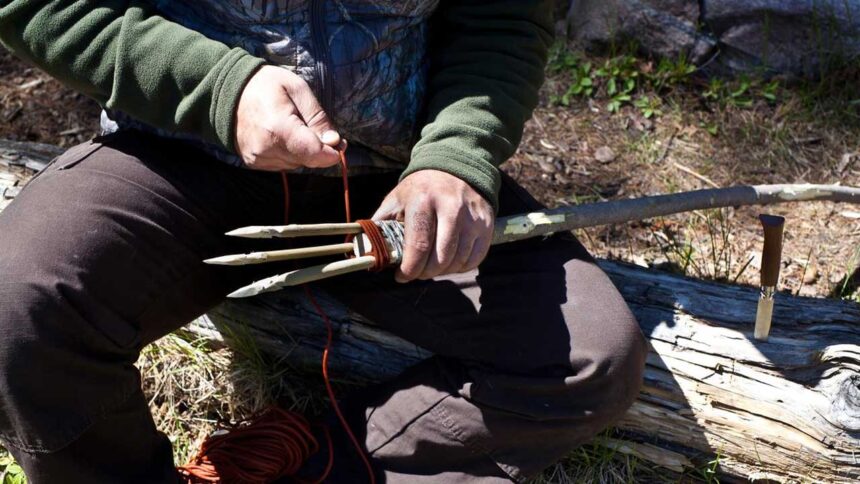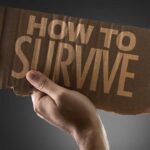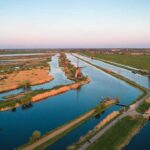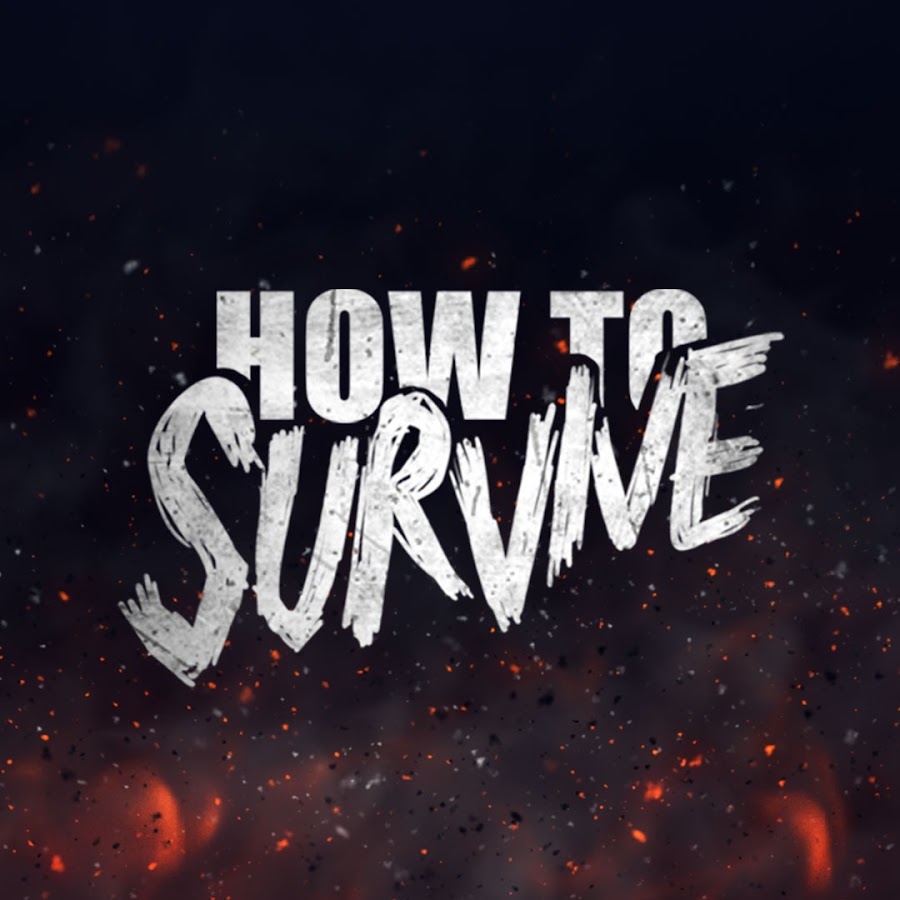Planning and packing your clothing, hiking gear, and essentials is crucial to your adventure in the wilderness.
To facilitate this process and ensure you do not forget anything important, we have prepared a complete Checklist with everything you need to consider when choosing your hiking equipment and outfit.
This list covers everything you might need, even a few extra “fancy things.” Use it as a reference to remember your options and make the best decision_
- #1 Backpack type backpack for hiking.
- #2 Hiking clothes according to the weather and the environment.
- #3 Hiking shoes according to the weather and the environment.
- #4 Food or snacks for the journey.
- #5 Water or enough hydration.
- #6 Hygiene and personal care products.
- #7 Sun protection
- #8 Navigation Equipment
- #9 Survival kit for hiking and nature
- #10 Hiking First Aid Kit.
- # Extras: Optional and little luxuries.
1. 1-day hiking backpack
If you’re starting out hiking, bringing whatever backpack you have is fine. But little by little, the ideal will be to equip yourself with a pack specialized in hiking and nature.
Backpacks for hiking and nature activities are made of lighter materials (by weight) and, simultaneously, more durable and enduring (for rough use) than a traditional backpack.
They are also made with textiles optimized for quick drying or waterproofing (as the case may be).
How to choose my hiking backpack?
The characteristics that your hiking backpack should have/be are:
- Comfortable (ideally with padded straps and comfortable support on your back).
- Make it a back-pack type (with two straps to hang it on your back)
- light
- Make it a backpack with a capacity of between 15 and 25 liters (considering it is a half-day trail or a short day).
- If you plan to do something more demanding or longer, you may need a giant backpack (more than 25 liters, as you will need space for more water, food, clothes, and perhaps camping items).
It is not the same to carry a backpack made of hot materials or one that is not very ergonomic for 30-45 minutes than to do it for two or more continuous hours in the direct sun – as happens when you go hiking-.
In the end, the ideal backpack will be the one that gives you the best balance between security (that you fit everything you need) and comfort (that it does not become a nightmare to carry it all the way).
2. Hiking clothes according to the weather and the environment.
Knowing how to choose the right hiking clothes is a process that we all had to learn when we started. It is an adventure in itself!
The perfect outfit for each outing depends on several factors. For example, the weather, the type of environment, and the duration of the tour:
- The weather: is it hot? Cold? Rainy? Are there drastic temperature changes? Excessive humidity? Snow? Wind? Etc.
- The environment: Is it a desert environment? Is it a site with very dense vegetation? Is there any type of harmful fauna prevalent? (e.g., bed bugs, ticks, scorpions, or others), are there bodies of water along the way? Etc.
- Duration: is it a 1-3 hour hike? A whole day? More than a day? Etc.
Pro-Tip: Wearing the proper clothing for a nature activity makes ALL the difference between a great experience and a downright unpleasant one.
How to choose my hiking clothes?
To choose your hiking outfit assertively, you must consider the weather forecasts and ensure that it provides security given the environmental conditions and duration of the activity.
Also, try to reduce all possible risks and exposures. Here are three critical tips for this:
- Wear hiking clothing with UV protection for very sunny places or long walks.
- For icy places or with drastic temperature changes, use the 3-layer system.
- Wear long pants if the vegetation is dense or there is noxious wildlife (this will reduce your risk of unwanted brushing with poisonous or thorny vegetation or the risk of being bitten).
3. Footwear for hiking and considering the weather conditions.
A wide variety of hiking footwear goes from ankle boots to “approach” shoes, waterproof sneakers, sandals, and more.
The essential thing in your choice is to ensure that the footwear you choose allows you to complete your entire journey comfortably and safely.
🌟Pro-Tip: The criteria for choosing the most suitable hiking shoes for your adventure are similar to those for clothing. The key is to choose something according to the weather, environment and duration.💡
How to choose my hiking shoes?
If you are starting, good sports shoes will suffice. But over time, the idea is that you acquire hiking shoes. Here are some tips for that:
- If you are going to a cold place and plan to do a mid-mountain or high-mountain ascent, consider boots that give you good ankle support.
- Good hiking shoes (breathable with notched soles to prevent skidding) will be very comfortable if you are hiking in low mountains or terrain with low elevation and heat.
- Goretex shoes and quick-drying technologies will make all the difference in comfort and safety if you are going canyoning or going through sections with water.
- Hiking sandals are not recommended as “attack” footwear because you will run more risks of insect bites or others in addition to giving little support. However, they are very comfortable as secondary footwear for camping in areas with sparse vegetation, temperate climate, and trails of low technical rigor.
4. Food for hiking (food and snacks).
When hiking, you must bring snacks or food for your trip (even if it is an adventure of only a few hours).
Having food or snacks on hand will give you the necessary (and stable) physical and mental energy throughout the trail, stay alert and enjoy the walk to the fullest. They will also be a great option to give you a battery “high” if you need it anytime.
🌟Pro-Tip: If the trail you are planning is really long and there are chances or risks that it will take longer than expected, the precautionary recommendation is to bring some extra snacks.
How to choose my food for hiking?
There are two types of hiking food that you should consider: snacks and spicy foods.
Snacks should always go with you -even if it is a concise journey-. The most substantial foods, on the other hand, are an option only in cases where you are thinking of taking a long walk in which you do not plan to return in time to eat.
The most suitable snacks for hiking are those that are:
- Easy to carry
- They provide a high rate of clean macronutrients (e.g., protein, fat, and carbohydrates).
- For example:
– Nuts, seeds, and energy bars. For instance, walnuts, almonds, peanuts, or dehydrated fruit. The bars try to be high in protein and low in added sugars. – The fresh fruit. Just remember to choose fruit that does not get damaged or crushed in your backpack or pack it well in a rigid container that protects it from this.
The ideal hiking foods for when you need something substantial (e.g., during longer hikes) are:
- High in clean macronutrients.
- For example:
– Bread, mature cheeses, solid cheeses, and dried meats or cold cuts. For example, block parmesan cheese or salami. They will serve as ingredients for a good sandwich or baguette (or you can take it already prepared).
– Cooked pasta. It can be combined with cheese and cold cuts (instead of bread) or prepared pasta. Make sure it goes in a well-sealed, leak-free container.
5. Enough Water for the entire Trail.
The last thing you want to happen on your commute is to run out of water in the middle of nowhere and miles away from a potable source.
In contrast, you also want to avoid carrying too much water and unnecessary extra pounds the whole trail.
That’s why learning to calculate how much water to take on a hiking trail is a crucial skill.
The ideal amount can vary greatly depending on the circumstances: the type of activity, the physical demand it requires, the hours it lasts, the temperature and climate of the place, etc.
There are several calculation methods to estimate the ideal amount. If you start practicing hiking or another nature activity regularly, it will be superior to learn these calculation methods.
But for now, stick with this general rule: Try to carry at least 250 ml for every half hour of physical activity, translating into approximately 1 liter for every two hours of active travel.
6. Personal hygiene products for the trail.
Basic hygiene and personal care products that you should not forget include toilet paper and sanitizing liquid.
Always remember that toilet paper should go in a waterproof container to prevent it from accidentally getting wet or wet—for example, a plastic bag or a small rigid container.
For women, this point could also include packing a unique shower or urinal to stand up while you are in nature.
7. Sun protection: glasses, sunscreen, lip balm, and UPF clothing
Being in nature for several hours implies much greater sun exposure than most of us are used to.
Protecting yourself from this will be essential for a better experience and taking care of #TuKaritaKhermosa.
What should I take to protect myself from the sun during my hiking trip?
Here are some types of what you should take to take care of your sun exposure during your hiking trip:
- A long-sleeved blouse or shirt. You can carry this additional garment in your backpack and put it on if you see that the sun is intense. There is also clothing with synthetic and light fabrics with sun and UV protection.
- Sunscreen or sunscreen with a good range of protection (SPF* or UPF*). At least you should take sunscreen with UPF +30, although if possible, aim for more security with UPF 50 and above.
- Lip balm -if possible, also with sun protection factor-. It will be beneficial on days with dry weather.
- Sunglasses with the best protection you can find.
- A hat, cap, or something to cover your ears and neck from the sun in the most intense hours (for example, a bandana, buff, or equivalent)
8. Navigation Equipment: GPS, Map, or equivalent.
When we talk about navigation, we are not referring to maritime navigation. But to locate yourself and move with agility from one point to another on the path.
Technology has completely changed our natural navigation, allowing us to go hiking and exploring safely and with much less risk.
What navigation equipment can I take when hiking?
Some essential tools that you can consider in your efficient navigation kit include:
- Maps and compasses: the most traditional and ancient navigation tools. They do not require any technology to function; they depend entirely on your skills and abilities to use and interpret them.
- GPS with digital maps. GPS (or digital positioning system) is the technological tool used by hikers, mountaineers, and nature explorers. It gives you your exact location on a digital map thanks to its satellite connection. The maps require to be previously downloaded to be able to link with the geolocation and to know your location. Modern cell phones combined with a geolocation app can give you this service, too; however, their battery drains quickly, and they are more delicate than a dedicated GPS device.
- PBL or personal locator beacon. Personal Locator Beacons, or PBLs, are more specialized navigation and security devices emitting emergency signals from remote locations.It is a unique system that identifies your location using GPS and issues an alert message using government or commercial satellite networks. They’re an ESSENTIAL device for long-term adventures or if you ever visit a place you’re not entirely familiar with.
If your journey is concise or in a territory that is otherwise known or dominated by you, these tools could -in theory- be unnecessary.
However, if you are starting to go out into nature frequently, acquiring some of these tools and learning how to use them in case you need them one day could be essential.
9. Survival kit and personal safety for nature.
You should ALWAYS add a few special survival items to your backpack when hiking. Whose purpose is to help you in emergencies.
What should I pack in my hiking emergency and survival kit?
As security measures, when you go hiking, it is always important to carry a small survival and basic emergency kit that includes the following:
- Lamp with functional batteries. Headlamps or “headlamps” are ideal for outings to nature. These allow you to keep your hands free and work with LED lighting, making them efficient and powerful. Before going out, check that your lamp has batteries or put a couple of extra batteries in your backpack.
- Whistle. It can be essential in a rescue scenario. The volume of the whistles is greater than that of the human voice, and it is a sound that travels much further – which helps indicate the position of the group to rescue teams. In addition, it can serve to scare away a wild animal.
- Knife or multifunctional tool. This will be critical to cooking food, repairing equipment, or first aid. Always carry a pocket knife or multifunctional tool when you go out into nature, even if it’s a short trip.
- Lighter or equivalent to start a fire. In a strict sense, it is something that you should not need for half-day or short trips. But it never hurts to have a device to start a fire if needed.
These are pretty small and relatively light items. The weight and space they will occupy in your backpack will be negligible.
However, the help they could give you if your journey does not go as expected will be truly invaluable.
10. First Aid Kit for hiking and nature.
The first aid kit is also essential for hiking and outdoors.
Today it is straightforward to get “pre-assembled” first aid kits with some essentials such as blister treatment, Band-Aids, bandages and gauze pads of various sizes, surgical tape, disinfectant or sterilizing fluid, and some essential medications such as pain relievers ( for pain), anti-inflammatories or antihistamines (for allergic reactions).
I recommend adding at least one pair of nitrile gloves to this kit.
Pro-Tip: If you become a regular hiking enthusiast, consider training yourself even at an elementary level on how to use this kit to address some of the more common incidents that can occur. You can, for example, take a first aid course for it.
It is clear that having this kit and knowing some basic tactics will never be a substitute for medical attention and help mitigate primary risks as the group returns or receives support.
Extra: The optional equipment (the little luxuries)
Having already separated your essential gear, you can always consider adding some amenities to make your hiking journey more comfortable or enjoyable. For example:
- Hiking poles.
- Insect repellent.
- Equipment repair kit (additional tape, cords, etc).
- Binoculars
- Camera
- Additional personal and comfort items.
Your hiking gear is ready!
If you already have all of the above, our work is done.
Now yes – Start to know some of the main hiking signs you can find on your way and go on an adventure!










